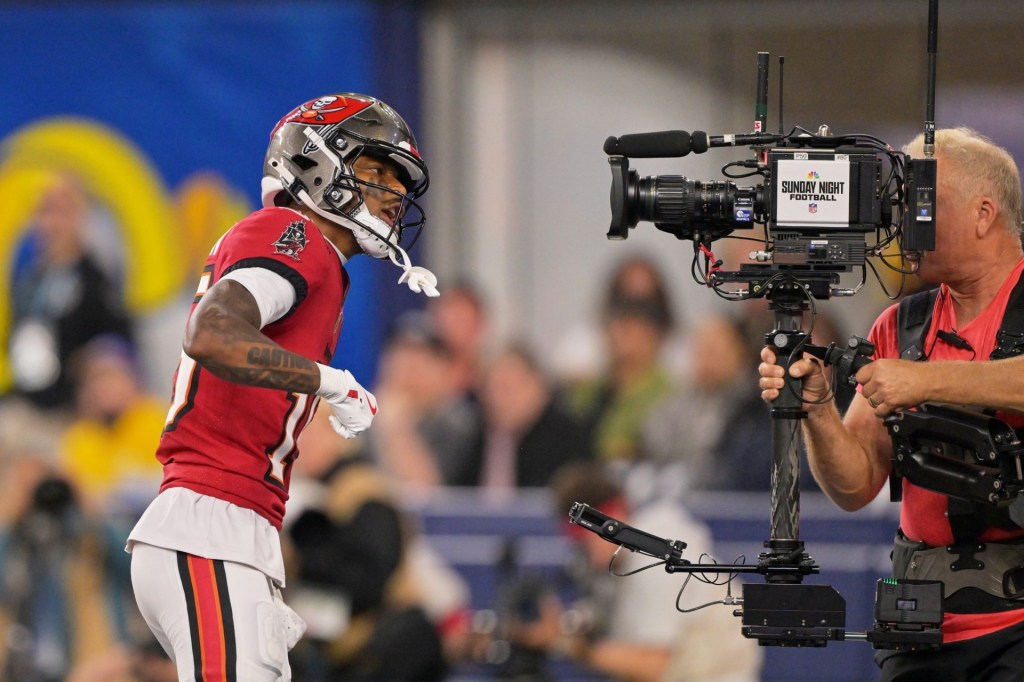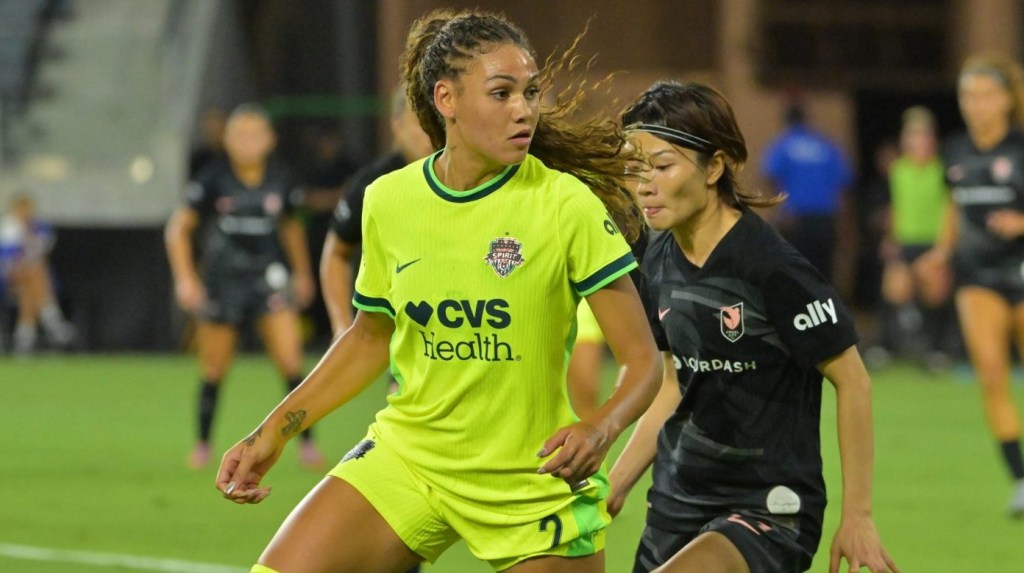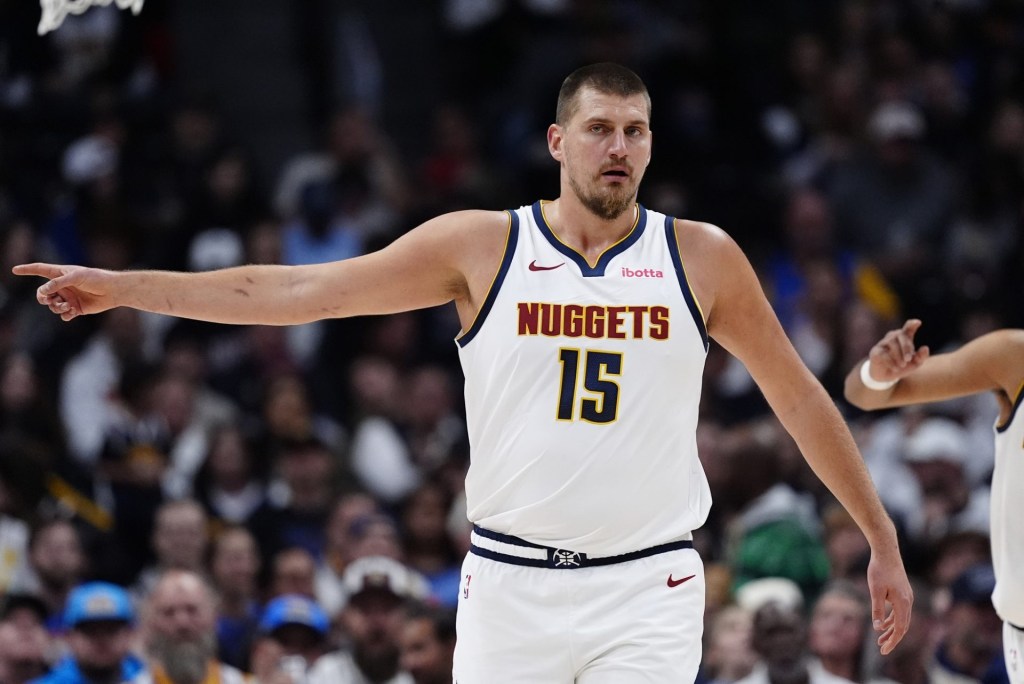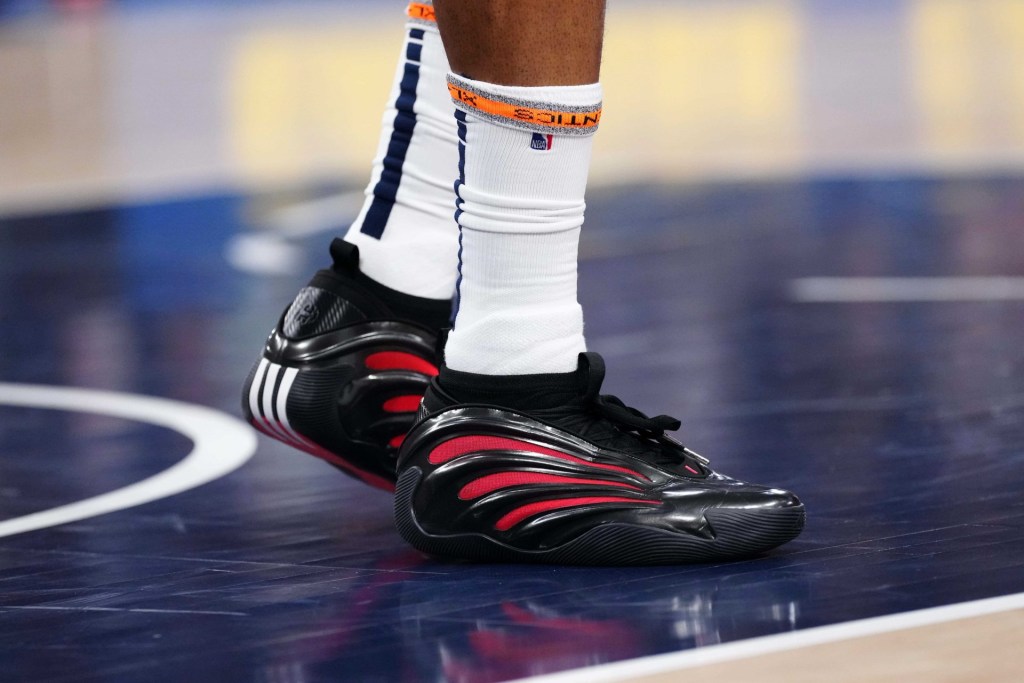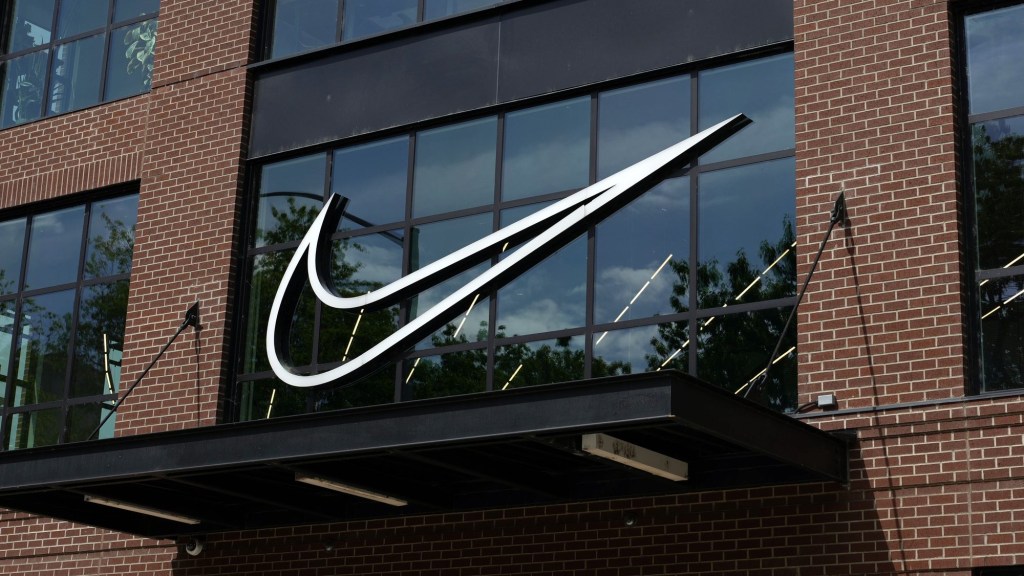It’s been an interesting couple weeks for Peloton as the company launched a new product, shed $10 billion of market cap, initiated a hiring freeze, and saw their CEO lose his billionaire status. Jim Cramer has been telling buyers to find their off-ramp.
Peloton announced earnings for fiscal Q1 2022 on Thursday of last week and the results — while not wholly unexpected — sparked a massive selloff. The company missed on earnings and revenue projections and slashed its full-year projections.
The report shook out something like this:
- EPS: -$1.25 vs. -$1.05 expected
- Q1 revenues: $805.2 million vs. $810.7 million expected
- Q1 average workouts: 16.6 workouts vs. 19.9 in Q4 2021
At the time of writing, Peloton’s stock price had plummeted 43% to within $23.98 of its IPO price from 2019 and a $14.9 billion market cap, down from a peak of $47.6 billion in December 2020. After the selloff, the company initiated a hiring freeze to “cut costs in order to realign with sluggish growth.”
The news, however, was not all doom and gloom. Peloton also announced on Tuesday a new connected fitness device — a digital camera that uses machine learning to provide coaching — the Guide.
The Guide marks a move into the strength training space, though it’s perhaps a hasty one. When compared with competitors like Tonal, Tempo, and Lululemon’s Mirror, Peloton’s simple camera feels more akin to the forgotten Xbox Kinect than Tonal’s $2,995 full strength training device.
Any way you slice it, Peloton is at a crossroads. Society at large is emerging from the pandemic slumber and venturing into the real world. This was demonstrated in Planet Fitness’ third-quarter earnings results as the company beat revenue projections by 13% and saw its highest net member growth in history.
At this point, Peloton has three options:
- Continue business as usual. While revenue growth has slowed, the company’s user base is still climbing and Peloton has made long-term investments in improving production and distribution capabilities (e.g. acquiring Precor for $420 million, planning a $400 million in a manufacturing facility in Ohio).
- Growth through acquisitions. If you believe (as many do) that Peloton’s main assets are its trainers and subscription content, then the best way to grow is to distribute those assets through more channels.
- They might join forces with someone bigger — much bigger. Disney could be the apex predator that acquires Peloton as a means to drive streaming growth.
Let’s dive a little further into the details and consider some possible outcomes.
Fantasy M&A: Peloton Buys Tonal
The premise of Peloton buying Tonal is simple: If Peloton is going to win the connected fitness space, it needs to expand. The company missed on revenue projections in Q1. The main culprit? Connected fitness devices.
While subscription revenue has actually grown quarter-over-quarter since the IPO in 2019, connected fitness revenues are down 51% since Q3 2021.
People seem less inclined to ride their Peloton bikes, too. Quarterly workouts per user and total workouts recorded were both down for Q1 2022 and had flattened over previous quarters.
A Tonal acquisition would provide Peloton with an asset commensurate with its existing product line.
- Premium bikes and premium treadmills would join premium connected weight training.
- The Guide — while a good first step — does not feel on par with Peloton’s brand. It’s also unlikely to bolster what is currently the weak spot in their topline revenue.
- Replacing, or at the very least supplementing, the Guide with a true connected weight training device could help the company regain a growth narrative for connected fitness.
An investment in connected fitness hardware is also an investment in talent — potentially Peloton’s greatest asset — but as connected fitness revenues decrease, so does the distribution of instructors. Getting their faces on Tonal products could change that.
Fantasy M&A: Disney Buys Peloton
Disney announced earnings on Wednesday, and like Peloton, failed to impress, missing Wall Street estimates across the board.
While the company did add 2.1 million new Disney+ subscribers, that number is significantly lower than Wall Street’s anticipated 9.4 million additions in the quarter. Average revenue per user was down 9%, too.
During the company’s earnings call, CEO Bob Chapek said, “We remain focused on managing our DTC business for the long-term, not quarter to quarter.” With long-term growth in mind, slowing subscriber growth, and declining ARPU, Disney could use an injection of life.
Enter Peloton.
While we spent ample time outlining the company’s struggles, there is a bright spot to focus on. Subscription revenues have increased every quarter since September 2019.
If Disney wants to supercharge its subscription growth, why not target Peloton?
- As the owner of ESPN, Disney isn’t too far removed from fitness content.
- Now that Disney’s parks are back to full capacity, imagine the gyms at the on-site resorts within those parks being supplied with Peloton bikes and treadmills.
- For Peloton, that would create instant demand for connected fitness devices, while Disney would get a differentiated streaming product and more subscribers.
It’s good timing for an acquisition from a capital markets standpoint.
M&A deals are all the rage and, with a prolonged bull market, producing high stock prices. High stock prices mean that M&A deals can be executed with less cash and more of a company’s equities. Disney’s stock price, although down after earnings, is within 15% of its all-time high.
Meanwhile, Peloton’s stock price is down 70% from it’s all-time highs in December of last year. Pitchbook data suggests that 2021 has been the year of stock-driven M&A. Nearly 50% of all deals were paid for with either stock alone or a combination of shares and cash, compared to 40% during the same period in 2020.
Market dynamics, potential for subscription growth, and new access to Disney’s parks are all strong reasons for an acquisition.
While it might be difficult to convince John Foley to join forces with The Mouse, it could be just what his company needs to grow into its post-pandemic identity.




